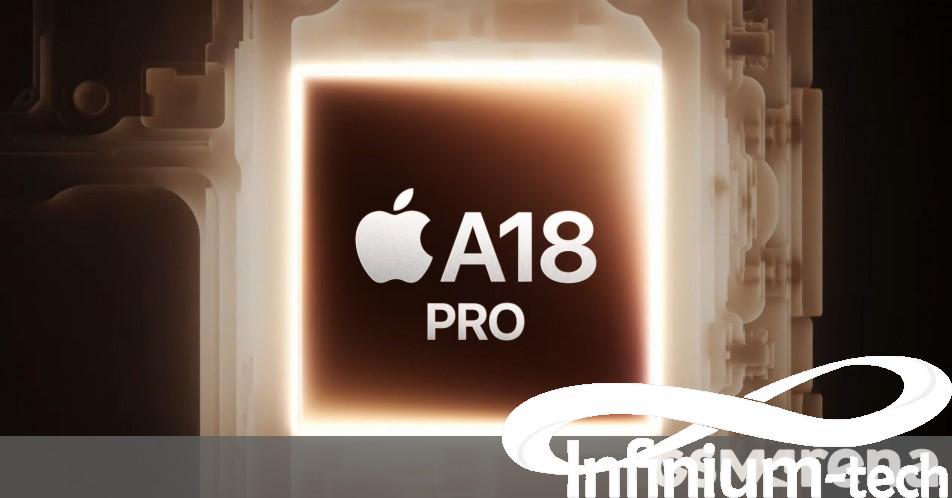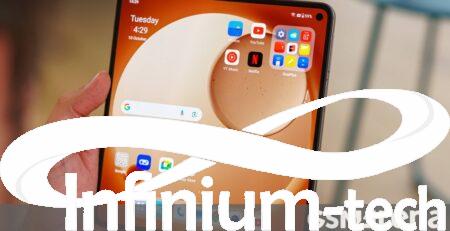Apple introduces its new A18 and A18 Pro chipsets, powering the latest iPhone 16 Series | Infinium-tech
This year Apple introduced not one, but two brand new chipsets – the A18 and the A18 Pro. This is also the first time that the vanilla iPhone models, specifically the iPhone 16 and 16 Plus, have got a recent chipset, not a year old one. Perhaps the main reason for this is to enable high-demand AI-related tasks and features under the Apple Intelligence umbrella. They were not available on the A16 Bionic.
As the names suggest, the A18 Pro powers the iPhone 16 Pro and 16 Pro Max, while the non-Pro A18 is at the heart of the iPhone 16 and 16 Plus. Let’s start with the A18 Pro.

Apple A18 Pro
A18 Pro Built on a 3nm manufacturing node, but this is a second-generation manufacturing process, which is more refined and efficient. The A18 Pro has the “fastest CPU in any smartphone” and has 6 cores – two main cores doing the heavy work and four energy-efficient cores. Together, they perform 15% better than the A17 Pro’s CPU while using 20% less power.


Key features of the Apple A18 Pro architecture
As far as the GPU goes, it features a desktop-class architecture and can deliver 20% better performance than its predecessor and can do ray tracing twice as fast.
The A18 Pro gets some “advanced media” features thanks to improved memory bandwidth and a larger cache size. These include ProMotion display support, Always-On Display support, faster USB 3 speeds, and ProRes video recording. All of these features are not available on regular iPhones.

There is also a new image processing unit that improves camera performance and data processing for video encoding. This last bit is twice as fast on the A18 Pro compared to the A17 Pro.

Of course, all the AI-related capabilities are now better. The NPU has 16 cores capable of performing 35 trillion operations per second and accessing 17% more memory bandwidth. It is said to be 2 times faster and more efficient than its predecessor.
Apple A18
The vanilla A18 chip also gets the new NPU treatment and is largely similar to its Pro sibling. It has a 6-core CPU with the same setup and is 30% faster than last year’s A16 Bionic found in the vanilla iPhone 15 and 15 Plus. It also uses 30% less power than its predecessor for the same workload.



Key Features of Apple A18 Architecture
The difference is in the GPU and image processing capabilities. The non-Pro doesn’t get the so-called “advanced media” features, while the GPU gets a 5-core setup instead of a 6-core setup. However, it’s still quite fast, as Apple claims a 40% increase in graphics performance compared to the A16 Bionic and it uses 35% less power.


Apple A18 chip compared to older generation
As usual, Apple doesn’t give away too much information about its hardware, so we’ll have to wait a bit to get more detailed specifications, such as CPU and GPU clock speeds, memory used, etc.














Leave a Reply